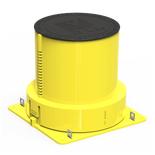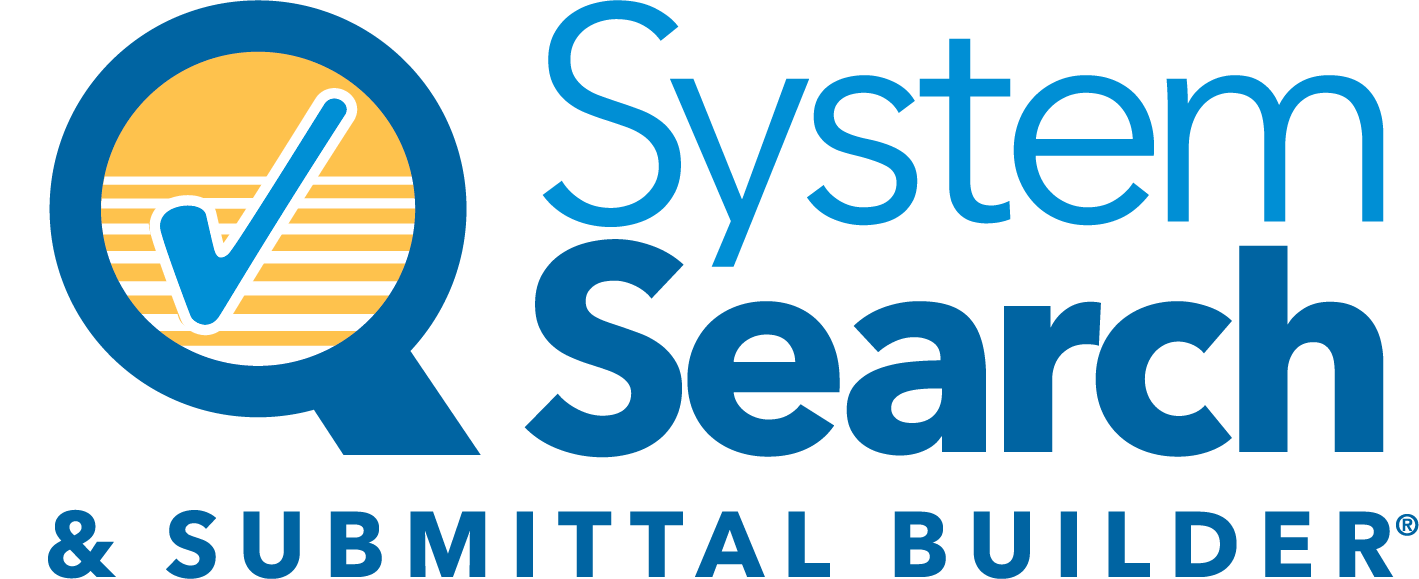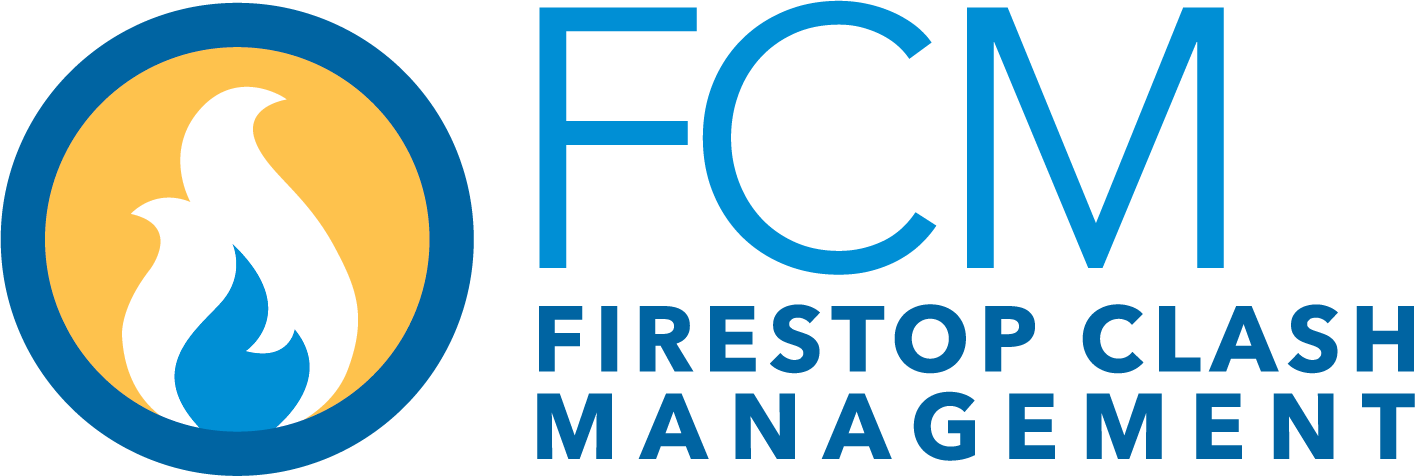Judgment Day: EJs and their Place in the Firestop Industry

Mention the term “engineering judgment” and you will elicit a variety of different responses. I was reminded of this during a recent meeting with a major consulting engineer in New York City where we engaged in a spirited debate about the pros and cons. The industry adopted the term “engineering judgment”, for which “EJ” has become a widely known acronym, a long time ago. And ever since, it is like the genie that cannot be put back in the bottle.
Regardless of what you call it, an EJ is essentially a manufacturer’s recommendation for firestopping a jobsite condition that deviates from a tested and listed design. The International Firestop Council (IFC), a nonprofit organization of manufacturers, distributors, contractors, inspectors, other stakeholders with an interest in passive fire protection systems, has a well-known and widely cited document that addresses EJs; “Recommended IFC Guidelines for Evaluating Firestop Systems in Engineering Judgments (EJs)”. This document is available at the IFC website (www.firestop.org). The IFC Guidelines document states that EJs may be warranted, “When field conditions differ from original design or unanticipated construction hindrances are encountered and the field conditions cannot be easily or cost effectively redesigned, design recommendations are typically made to propose alternative methods that ensure performance of the firestop system is not compromised.”
EJs are very common on construction projects due to the level of scrutiny that inspectors who are better educated on the nuances of proper firestopping apply to the jobsite. They may be unavoidable at times, although upfront planning during preconstruction meetings and coordination between the trades can minimize the number of EJs required. Still, the major manufacturers are called upon to issue tens of thousands of EJs per year to address non-standard conditions. As an industry, we do strongly advocate that EJs should not be used if a tested and listed firestop system is available.
How reliable are EJs? Well, it depends on a number of factors. First of all, EJs are not tested systems. They are a technical opinion of a factory engineer who has extensive experience with the materials and their performance under fire test conditions. Most EJs are written based on information conveyed from the jobsite. Bad information can lead to bad EJs through no fault of the individual preparing said EJ. When evaluating the suitability of an EJ, a project stakeholder or inspector can refer to the IFC Guidelines for the basic requirements. Additional factors may ameliorate the condition. For instance, does the manufacturer have sufficient test data to substantiate the EJ? More testing equals more experience with the condition. How long has the engineer issuing the EJ been involved in firestopping? There is a big difference in the experience level of someone with one year of experience vs. a ten year industry veteran.
Should manufacturers write EJs? This is a touchy subject. There are some that suggest only a third-party with no specific commercial interest should write an EJ. However, there is a big problem; the manufacturers have the greatest level of experience with the materials, their formulation or chemical makeup, and their performance under fire test conditions. I have come across EJs prepared by thirdparties for our company’s products for applications where the products listed in the EJ would be unsuitable for use. Therefore, I always counsel that even if someone wants third-party verification, they should enlist the support of a reputable manufacturer so that the manufacturer and third-party can confer.
What can be done to ensure good EJs are being issued? Obviously, this is subject that we do not take lightly. Our company has a very rigorous hiring and training process before we cut an engineer loose. We also have the benefit of having one of the most experienced Engineering Services teams in the industry. We have supported the efforts of an industry task group involved in developing a program to audit the EJ process in an effort to ensure the quality of EJs produced and submitted on construction projects. This group has made tremendous progress and has worked with a third-party certification agency, who would administer the program. We remain confident that this program will be completed this year, and will represent a major step forward for our industry. We also believe it will drive further testing, certification, and third-party design review activities. More information will be forthcoming once this program is formally launched and we will cover it in a future edition of “The Burn”.
Whether you call them EJs, engineering judgments, engineering recommendations, design recommendations, manufacturer’s instructions, or assessments, they are an integral part of the firestop industry. The key is to familiarize oneself with good practices to ensure that the designs provided are suitable for the jobsite condition and meet the intent of the code.


























